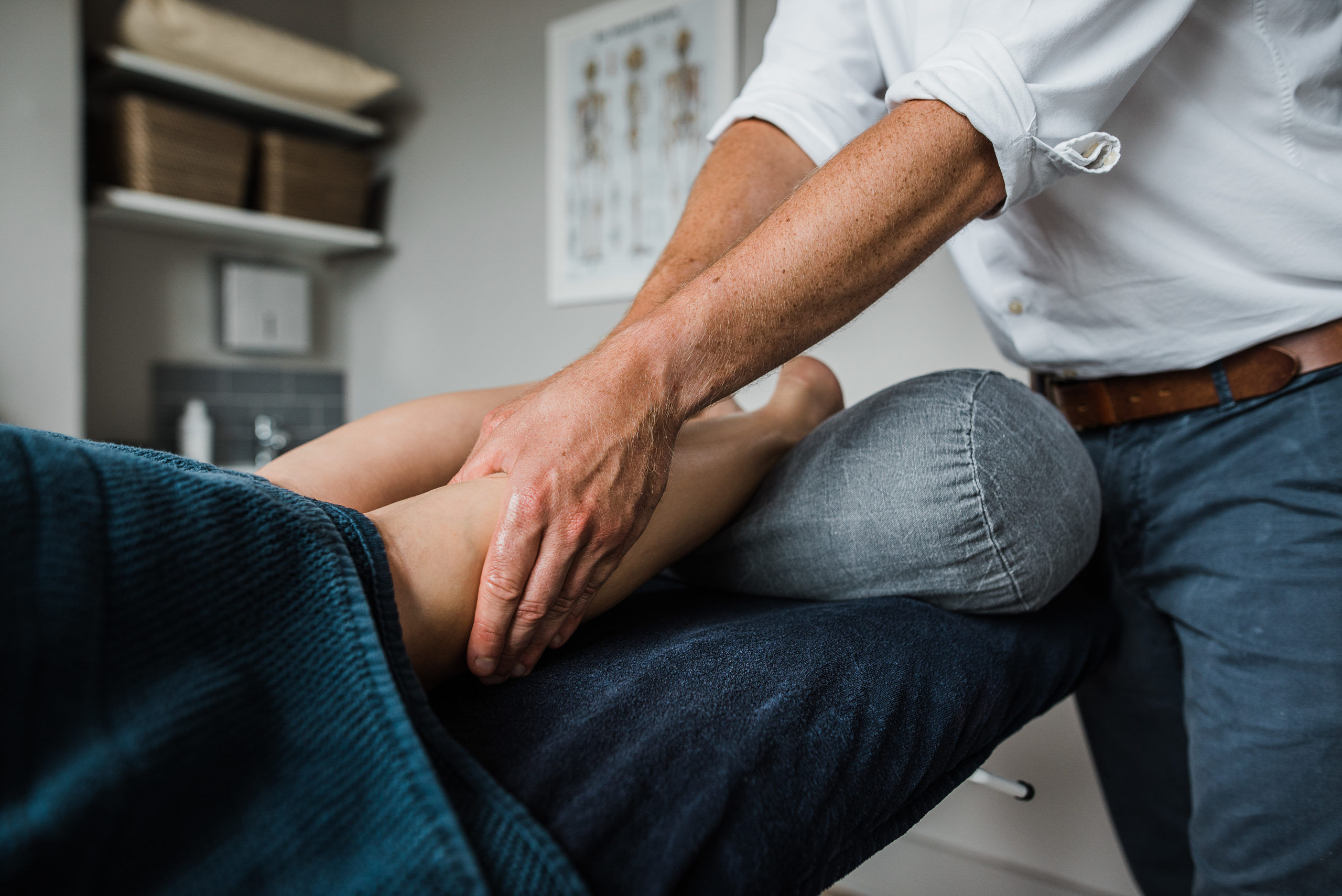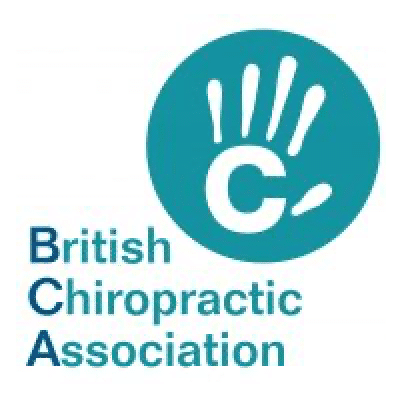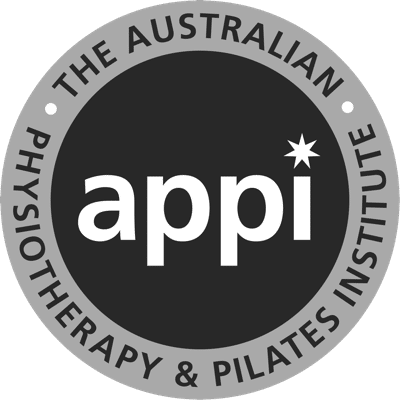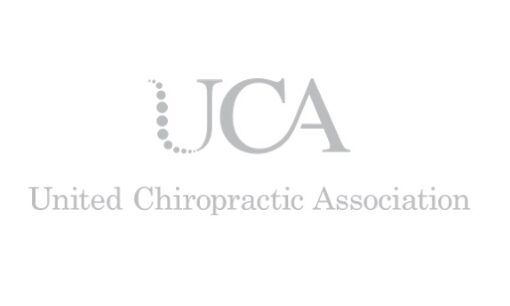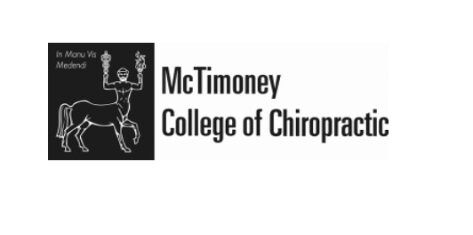Soft Tissue Injuries
How do you Treat Sprains, Strains, and other Soft Tissue Injuries?
Soft tissue injuries are a common occurrence in sport, exercise and recreational activities. These injuries can vary in severity and type, but commonly include joint sprains including ligament injury, muscle and tendon strains and contusion resulting from a blow or impact.
Following injury, it is key to manage the injury correctly in the first few days to minimise further damage and to maximise healing and recovery time of the soft tissue.
Early stage of a soft tissue injury is known as the acute phase of injury, the first 48-72 hours post injury. Common characteristics of this stage are pain, swelling, redness and loss of function.
PRICE PROTOCOL
When an acute soft tissue injury occurs, initial treatment with the PRICE protocol is usually very affective. PRICE stands for Protection, Rest, Ice, Compression and Elevation.
- Protection. This will prevent further injury occurring. An example of this would be using crutches if it is a leg or ankle injury to limit weight-bearing or to avoid limping.
- Rest. Needs to be relative rest and pain is a limiting factor. Avoid putting too much weight on the affected limb or injured area.
- Ice. Apply ice for 10-15 minutes to the injured area every 2-3 hours for the 3-5 days post injury. Caution do not apply ice directly to the skin and use a damp towel or barrier. Check the skin intermittently to make sure no ice burn occurs.
- Compression. Can be applied by a firm bandage, or elasticated tubular bandage, or compression garments. The area should feel compressed but not painful or restricted.
- Elevation. Will aid the effects of gravity and decreased fluid flow to the injured area. Using a sling for upper limb injuries and raising the leg on a pillow and above chest height for lower limb injuries as much as possible is advisable.
Do no further HARM (protecting the soft tissue):
H – heat including heat rubs, heat packs and hot shower/bath.
A – alcohol.
R – running or other aggravating activities.
M – massage (not for the first 48 hours).
Once you can move the injured area without pain try to keep moving it, so the area does not stiffen up and cause further issues post injury to the surrounding soft tissues. Heat packs can also be helpful 72 hours after injury. Apply heat to the area for 15-20 minutes 2-3 times per days, and as with ice do not apply directly to the skin and watch for any changes to the skin and possible burn.
Medication may also help, try paracetamol at first to ease the pain. Ibuprofen gel or cream can help with swelling and pain. If needed ibuprofen or anti-inflammatory tablets after 48 hours will aid with swelling. However, always check with your pharmacist or Doctor on medication guidance.
After 2-3 weeks most sprains and strains will have improved and feel better. However, more severe sprains and strains can take 6 weeks to 3 months to fully recover. Further intervention and support may be required to aid full recovery. Physiotherapists can assess and treat acute injury and provide advice on the appropriate management and optimal recovery. Treatment will involve hands on in the form of massage, and graded exercise and rehabilitation.
If you have any questions or would like to find out more about the treatment of acute injuries such as ligament sprains and muscle strains, please feel free to email me.
Read onto our next article Osteoarthritis by Chiropractor Kelly.


